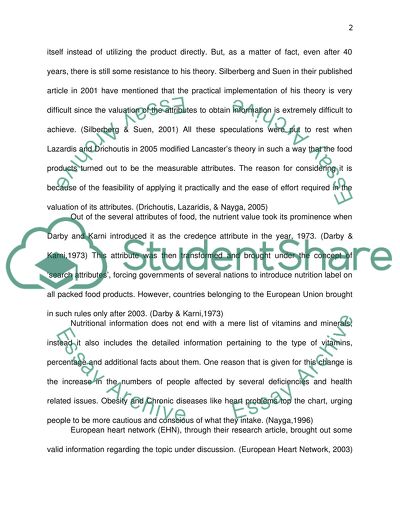Cite this document
(“Literature review and project specification : An exploration into the Dissertation”, n.d.)
Retrieved from https://studentshare.org/family-consumer-science/1408935-literature-review-and-project-specification-an
Retrieved from https://studentshare.org/family-consumer-science/1408935-literature-review-and-project-specification-an
(Literature Review and Project Specification : An Exploration into the Dissertation)
https://studentshare.org/family-consumer-science/1408935-literature-review-and-project-specification-an.
https://studentshare.org/family-consumer-science/1408935-literature-review-and-project-specification-an.
“Literature Review and Project Specification : An Exploration into the Dissertation”, n.d. https://studentshare.org/family-consumer-science/1408935-literature-review-and-project-specification-an.


